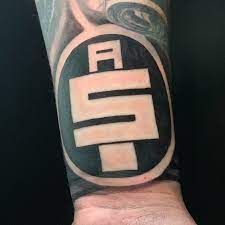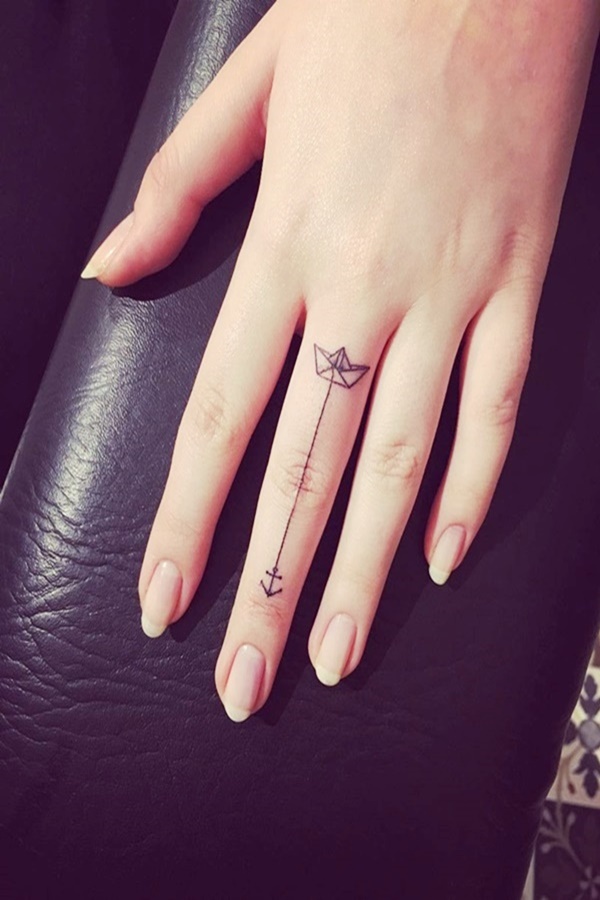
Origins
Nina Jablonski of Penn State anthropology says Tattoos can be found on every continent and date back millennia, with evidence dating as far as Otzi the Iceman (died 3300 BCE), who bears preserved tattoos. Some early evidence can even be seen in clay figurines depicting tattoos.
Ancient Chinese history depicted folk heroes and bandits with tattoos, while Greek and Roman authors used tattoos as a mark to identify slaves or criminals. Tattooed mummies dating to Pazyryk tombs dating between the 6th and 2nd century BCE have also been discovered with visible tattoos.
Styles
There are various tattoo styles, each one with its aesthetic. One such popular style is Biomechanical, featuring geometric designs usually done freehand and designed to evoke machinery concealed underneath skin.
Realism tattoo styles have become a highly favored style among tattoo enthusiasts. Realism artists specialize in portraiture with dark outlines to create beautiful, realistic images of humans and animals.
New School Tattoos have also become fashionable, featuring bold, vibrant, colorful outlines. Their designs often resemble graffiti or caricatures, featuring odd or crazy elements.
Symbolism
Tattoo symbols have numerous symbolic interpretations. For instance, a popular choice in tattoo art is an anchor, which stands for strength, stability, and faithfulness – it may also serve as a compelling reminder to remain grounded.
The compass tattoo design has many symbolic interpretations. It may represent direction and guidance or that one should choose one’s path; additionally, it’s often used by the military to signify loyalty and bravery.
Eastern cultures view dragons with great respect as signs of wisdom and strength. By contrast, their Western representation tends to be more violent and frightening.
Pain
Many people experience tattoo pain during the process. This is due to the tattoo needle penetrating their skin and moving close to the bone, causing sharp pain compounded by anxiety. To stay relaxed during this experience, practicing relaxation techniques such as deep breathing or meditation may be beneficial in relieving some of this discomfort. In addition, make sure to rest up adequately and eat healthily before scheduling any tattooing sessions.
Lynn notes that Tattoos help adapt our bodies quickly to new things, prompting our immune systems to respond faster than before.
Reactions
Tattooed individuals may develop allergic reactions to the pigment dyes used for permanent skin marking due to needles puncturing their skin and introducing haptens directly into their dermis, bypassing the initial phase of antigen processing that usually takes place in their epidermis.
Redness, swelling, and itching are common after getting a tattoo because your immune system responds to the ink used on your body. They should fade within a few weeks.
Tattoos can lead to infectious complications, including bacterial, viral, and mycotic infections. There have also been rare reports of neoplastic complications like keratoacanthoma, pseudolymphoma, and basal cell carcinoma as possible malignancies; however, these rarely present as premalignant conditions.
Safety
Tattooing can be done safely if it’s done in an environment with clean needles and equipment that meets sterile standards. However, infections may arise if this equipment is unsanitary, such as HIV, Hepatitis B

